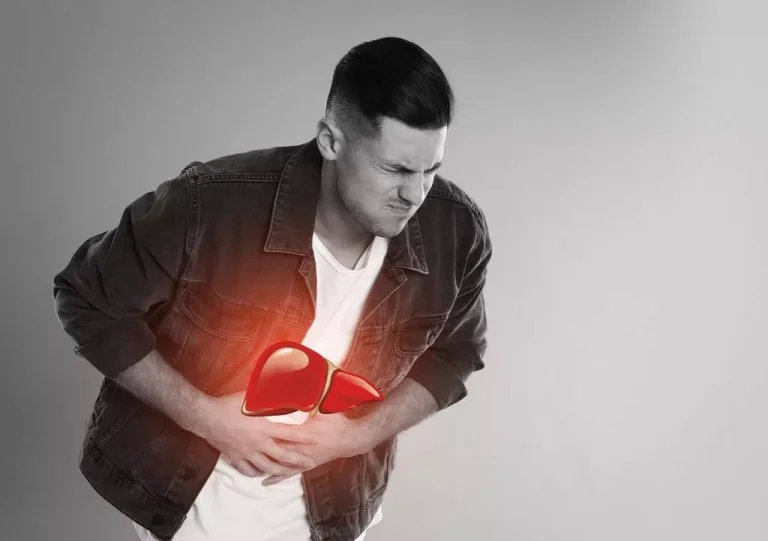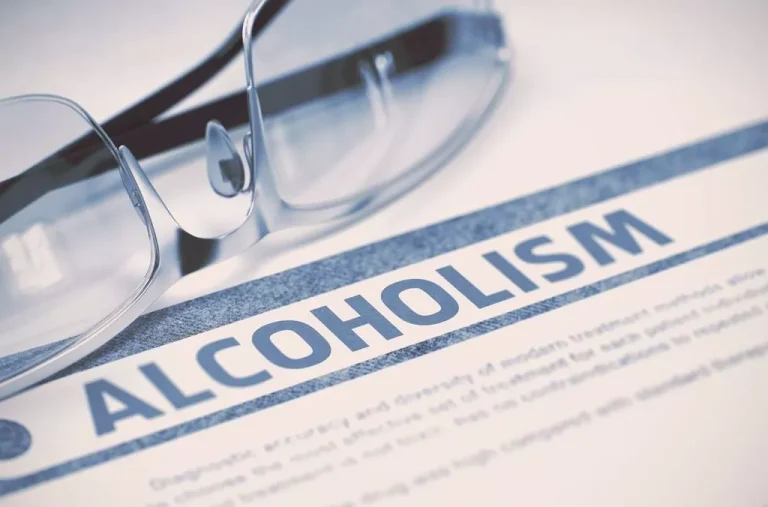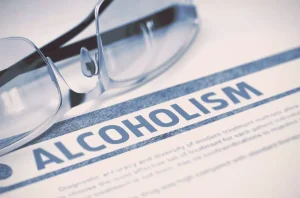
Far more people get married over the course of each year than get divorced. These divorce statistics show what happens to marriages that end and when and how couples decide to end them. Specializing in diverse mental health challenges, including depression, addiction, and trauma, Christy embraces a person-centered approach. She tailors interventions to individual needs, drawing from modalities like mindfulness, DBT, CBT, and EMDR. Counseling programs have proven to aid in recovery, and teach individuals trigger techniques that help reduce risks of relapse. Most provide group and individual support while offering skillset training for living alcohol-free.
Divorce Trends Over Time
Our aim is to address substance abuse issues that impact individuals and families. Through our ongoing therapy support, we can help you rebuild relationships during recovery. We used a co-relative design using same-sex cousin, half-sibling, and full-sibling pairs. Informative monozygotic twin pairs meeting our criteria were too rare for inclusion.

Behavioral Changes
- This will include healthy eating, movement, meditation, mindfulness and spirituality.
- Seeking divorce from an addicted spouse can be a complicated and emotional process.
- Her work has appeared on Forbes, CNN Underscored Money, Investopedia, Credit Karma, The Balance, USA Today, and Yahoo Finance, among others.
- A For the first row (total sample), % refers to the percentage of the total sample that is female or male.
- The overall cumulative response rate for both waves of NESARC was 70.2% (Grant et al., 2003).
- Monitoring alcohol use is important when considering the potential for an AUD.
Several lines of evidence suggest that genetic factors may account for covariation between AUD and divorce. First, divorce is genetically correlated with a personality composite that includes low levels of constraint (i.e., higher behavioral disinhibition) as an indicator (21). Second, in a large sample of twins, latent genetic factors that contributed to AUD also contributed to earlier marital separation (22). Third, a history of divorce in biological mothers predicted AUD in adopted-away offspring in a Swedish national adoption study (23). Finally, alcohol use and problems are genetically correlated with indicators of romantic distress, such as conflict (24).
- Online alcohol rehab has a high satisfaction rating from both therapists and patients.
- If she weren’t so damn good at her job, she says she would probably be an electrical engineer.
- Lifetime and past-12-months diagnoses of independent or primary mood and anxiety disorders at W1 also were made in accord with DSM-IV criteria (American Psychiatric Association, 1994).
- Infidelity is another leading cause of divorce, with 60% of couples citing a partner’s unfaithfulness as a reason their union ended.
- Genetic and nonshared environmental factors each accounted for approximately half of the covariance between AUD and divorce.
- Alcohol can account for a large number of cases involving domestic abuse, child protective services, and divorce.
How Do I Know if My Drinking Is Impacting My Family?

While this minimizes the risk of recall bias and subjectivity, it might represent a high threshold for DA and fail to capture problems that are undetected by medical professionals or through criminal registers. However, the rate of abuse observed using Swedish registry data is comparable to that in Norway (44), suggesting that no substantial bias is present. Being observational, registry data also preclude completely blinded conditions. Furthermore, relevant confounders not captured by registry data cannot be considered in our analyses.

Even after a divorce, it’s possible to work together with your co-parent to raise happy, healthy children and sometimes even build a more trusting relationship with your former spouse than you ever thought possible. Although fidelity and financial issues are often seen as the most common divorce rates after sobriety causes of divorce, addiction also creates a major impact on relationships. According to the National Council of Alcoholism and Drug Dependence, addiction is a family disease. It takes a toll on each member of a family, and when a family divorces it can be even more difficult to repair these broken relationships. During National Recovery Month, we’re taking a moment to understand the impact that addiction can have on a relationship by looking at some surprising addiction and divorce statistics. Co-parenting is a difficult journey to navigate, regardless of addiction.
Understanding Child Custody In Divorces Due To Addiction
- Furthermore, the bi-directional longitudinal associations between marital distress, divorce, and alcohol outcomes including consumption and AUD (4, 7–9, 30) suggest that the association between AUD and divorce may be in part causal.
- Having a spouse who is battling addiction can be a heartbreaking and harrowing experience.
- There has also been a notable increase in the number of people living together before marriage.
- The truth is that addiction is a disease that is accompanied by some negative and often dangerous behaviors.
- Our exclusive online substance abuse treatment programs and dual diagnosis therapy offers more people access to evidence-based care.
Genetic factors influence AUD and divorce, and there is reason to believe that overlapping genetic factors may explain part of the association between the two. The heritability of AUD is 49% (14), and AUD is part of a spectrum of heritable externalizing disorders characterized by disinhibition and behavioral undercontrol (15–17). There are also genetic influences on divorce, with twin studies reporting heritability estimates of 15–53% (18–20).

